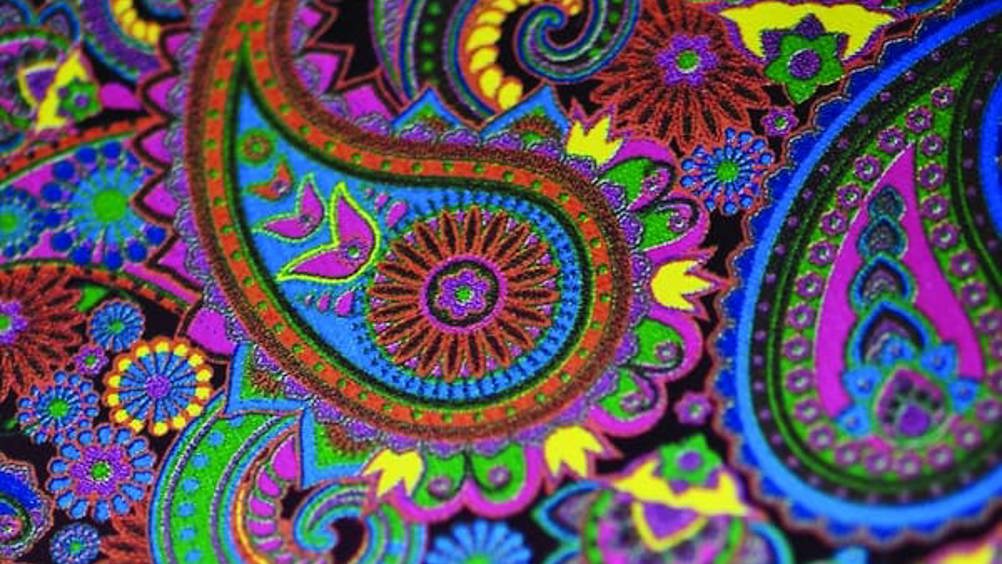Energy saving inkjet paints with precision
A new digital inkjet technology from a UK-based research and development company promises to cut the cost of customising vehicles, white goods and architectural surfaces, while also saving energy.

Cambridge-based technology and product development company The Technology Partnership (TTP)’s Vista Inkjet system is capable of printing with standard industrial paints. Successful tests have already been carried out using cellulose and two-part part polyurethane paints, which are used for car and aircraft body manufacturing.
‘In the aircraft industry, creating a customised image involves masking taping the area, spraying with an individual colour, then heating the hanger to cure this. The process then has to be repeated with each further shade, and that uses time and energy,’ said David Smith, head of business development for Vista. ‘Using Vista, the whole process could be completed in one go with a single curing stage.’
Other applications include coating metal coils or roof panels used in architectural cladding, printing using thermoplastic fluoropolymer paints such as Kynar for decorative finishes on architectural metallic structures. TTP is also exploring the printing of low cost and high functionality materials for ceramics, textiles, security and brand protection along with high conductivity patterns and 3D printing, as well as the customisation process for white goods, where a more durable paint could now be used.
Register now to continue reading
Thanks for visiting The Engineer. You’ve now reached your monthly limit of news stories. Register for free to unlock unlimited access to all of our news coverage, as well as premium content including opinion, in-depth features and special reports.
Benefits of registering
-
In-depth insights and coverage of key emerging trends
-
Unrestricted access to special reports throughout the year
-
Daily technology news delivered straight to your inbox










UK Enters ‘Golden Age of Nuclear’
The delay (nearly 8 years) in getting approval for the Rolls-Royce SMR is most worrying. Signifies a torpid and expensive system that is quite onerous...